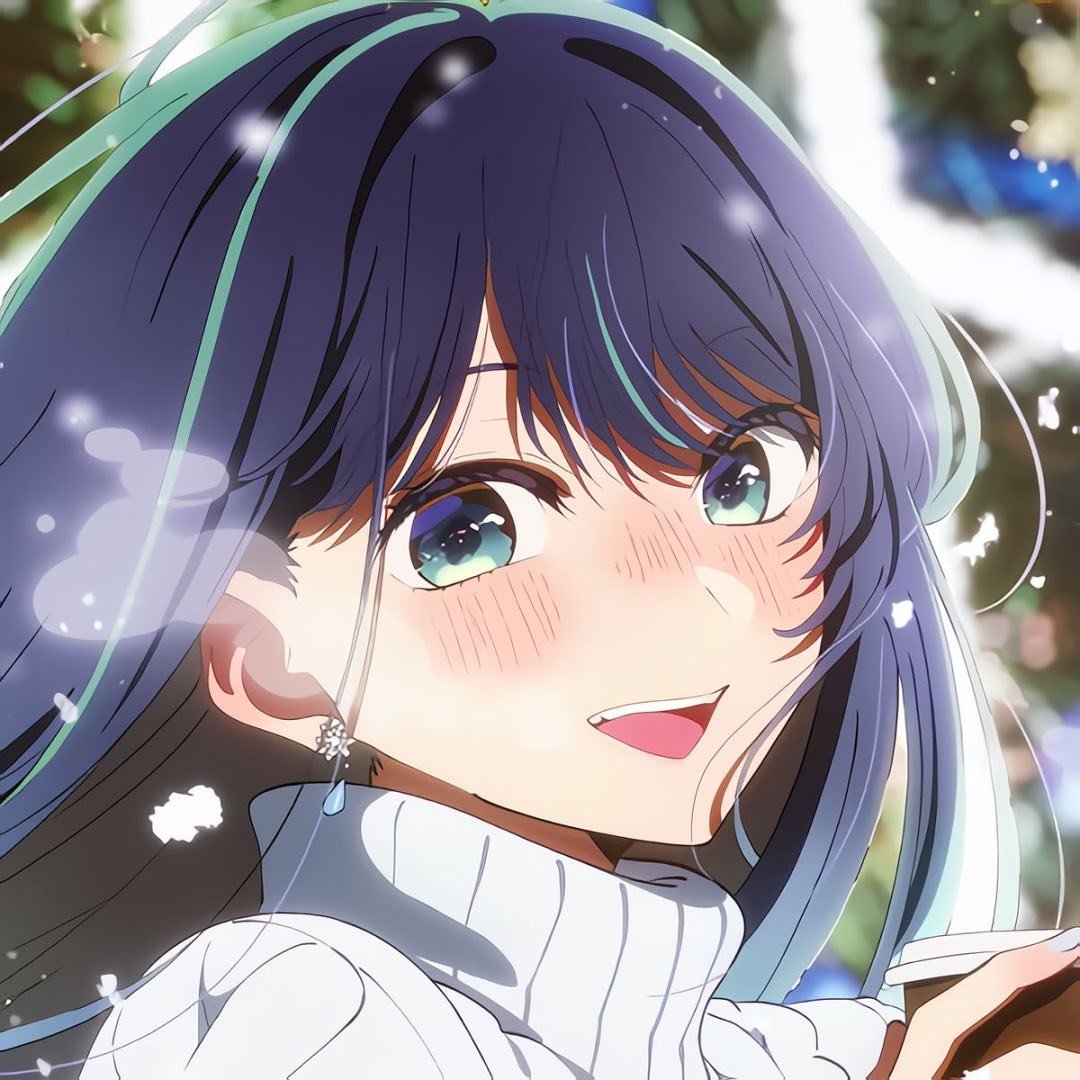Shonen manga, a term derived from the Japanese word “shōnen,” meaning “young boy,” represents one of the most vibrant and influential categories in the world of Japanese comics. Initially targeting adolescent boys, Shonen manga has grown to become a cultural phenomenon, appealing to a diverse audience that transcends age, gender, and geography. As the most popular demographic category of manga in Japan, Shonen manga has significantly shaped not only the Japanese manga industry but also the global perception of Japanese pop culture.
Understanding the Term “Shonen”
The term “Shonen” has a rich historical context, originating from the Japanese word “shōnen” (少年), which literally means “few years” and colloquially refers to young boys. Historically, it was used to denote juveniles in a general sense. However, by the early 20th century, the term began to be associated specifically with media aimed at adolescent boys. This shift was driven by the segmentation of periodicals by sex and age, a practice that became increasingly prevalent in Japanese publishing.
As a demographic category, Shonen manga is targeted at boys aged roughly between 9 and 18 years. However, its appeal is far more extensive, drawing in readers of all ages and genders. The categorization of manga into demographics like Shonen, Shoujo (for girls), Seinen (for young men), and Josei (for adult women) has become a standard practice in Japan, helping to tailor content to specific audiences while also fostering a broad, inclusive readership.
The Origins of Shonen Manga
Shonen manga’s roots can be traced back to Japanese children’s magazines at the turn of the 20th century. The first youth magazine, “Shōnen Sekai,” was launched in 1895 and targeted a broad audience of both boys and girls. However, as the editorial content began to skew towards topics of interest to boys, exclusively male-oriented magazines emerged. The first Shonen magazine to feature manga was “Shōnen Pakku,” published in 1907, followed by “Shōnen Club” in 1914.
During the pre-war and wartime eras, Shonen magazines grew in popularity, with titles like “Norakuro” and “Tank Tankuro” capturing the imaginations of young readers. However, the onset of World War II saw a decline in magazine sales and a shift towards patriotic themes in manga content. Despite these challenges, Shonen manga continued to evolve, laying the groundwork for its post-war resurgence.
Post-War Influence and Evolution
The post-war era marked a significant turning point for Shonen manga, particularly with the influence of Osamu Tezuka, often referred to as the “God of Manga.” Tezuka revolutionized the medium with the introduction of “story manga,” long-running series with cinematic storytelling and continuity across chapters. His works, such as “Astro Boy” and “Kimba the White Lion,” became foundational texts in the Shonen genre.
The 1950s and 1960s saw an explosion in the popularity of Shonen manga, fueled by Japan’s economic boom. New weekly Shonen magazines like “Shōnen Sunday” and “Weekly Shōnen Magazine” were launched, catering to a growing readership. The introduction of sports manga during this period, with titles like “Ashita no Joe,” further diversified the genre, adding new layers of complexity and appeal.
Modern Shonen Manga
The modern era of Shonen manga has been characterized by a remarkable expansion of genres. While action and adventure remain central themes, Shonen manga now encompasses a wide range of genres, including comedy, romance, slice of life, and sports. This diversity has helped maintain its broad appeal, ensuring that there is something for everyone within the Shonen category.
One of the most influential Shonen magazines is “Weekly Shōnen Jump,” first published in 1968. It has been home to some of the most iconic and commercially successful Shonen series, including “Dragon Ball,” “Naruto,” “Bleach,” “One Piece,” and “Slam Dunk.” These series have not only dominated the Japanese market but have also achieved immense popularity worldwide, cementing Shonen manga’s status as a global cultural force.
Diversity in Readership
Despite being targeted at young boys, Shonen manga has attracted a diverse readership, including women and older adults. A survey conducted in 2006 revealed that “Weekly Shōnen Jump” was the most popular manga magazine among female readers, even surpassing magazines specifically targeting women. This broad appeal is a testament to the genre’s versatility and ability to resonate with readers beyond its intended demographic.
The involvement of female creators in Shonen manga has also contributed to its diversity. Female artists have brought fresh perspectives to the genre, incorporating elements of romance and emotional depth that have broadened the appeal of Shonen stories. As a result, Shonen manga has evolved into a more inclusive and multifaceted category, reflecting the changing tastes and expectations of its readers.
Stylistic and Thematic Changes
Over the years, Shonen manga has undergone significant stylistic and thematic changes. The once clear-cut distinctions between Shonen and Shoujo manga have blurred, with stylistic devices and themes from Shoujo manga being incorporated into Shonen. For instance, the characteristic large eyes used to convey emotions in Shoujo manga have become common in Shonen as well. Female characters have also gained prominence, often serving as strong, central figures in Shonen narratives.
The evolution of art styles in Shonen manga is another notable trend. The success of “Dragon Ball” in the 1980s, with its cartoonish art style, set a precedent that has influenced subsequent Shonen titles. This shift towards more exaggerated and dynamic visuals has become a hallmark of the genre, contributing to its distinctive and engaging storytelling.
Global Impact
Shonen manga’s influence extends far beyond Japan, shaping the global perception of manga as a whole. When manga began to gain popularity in the West during the 1990s, Shonen titles were at the forefront, introducing international audiences to the world of Japanese comics. Series like “Naruto,” “One Piece,” and “Bleach” have become cultural touchstones, inspiring a new generation of manga readers and creators worldwide.
The global success of Shonen manga has also led to the proliferation of anime adaptations, further expanding its reach and impact. These adaptations have introduced countless viewers to the rich narratives and vibrant characters of Shonen manga, solidifying its position as a cornerstone of Japanese pop culture.
Conclusion
Shonen manga has left an indelible mark on the world of comics, both in Japan and internationally. Its ability to adapt and evolve, while staying true to its core themes of action, adventure, and personal growth, has ensured its enduring popularity. As Shonen manga continues to push boundaries and explore new genres, it remains a dynamic and influential force in the world of comics. The future of Shonen manga is bright, with new stories and creators poised to carry on the legacy of this iconic genre.

Akane, known as akanecco._ on Instagram, is a passionate and experienced Anime creator specializing in anime content. With 317 engaging posts and a dedicated following of 12.7K, Akane has become a trusted authority in the anime community. Through detailed reviews, character explorations, and insightful analyses, Akane shares an extensive knowledge of anime, captivating and educating fans with every video. Follow Akane on Instagram to immerse yourself in the vibrant world of anime and join a community of like-minded enthusiasts here- Facebook and Pinterest.





